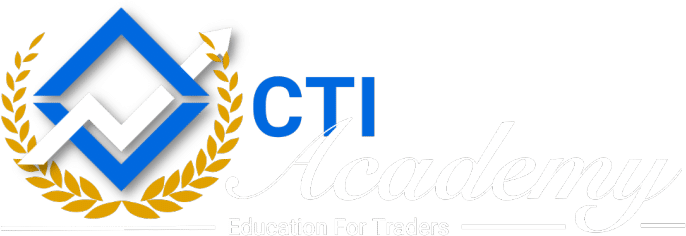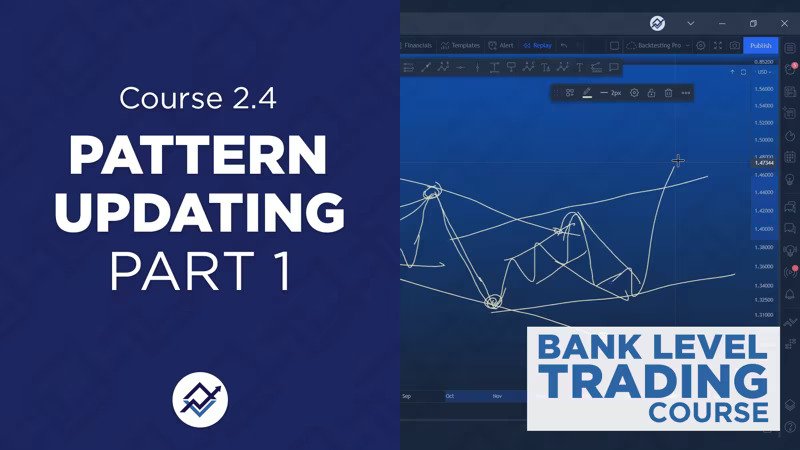Introduction - Lesson 2: Introduction to Market Participants and Exchanges in the financial Market
When delving into the vast world of financial markets, many questions spring to mind for both newcomers and seasoned investors alike.
Understanding the Basics and Importance of Financial Markets
Firstly, what are the basics of financial markets? At their core, financial markets are arenas for buying and selling assets like stocks, bonds, and currencies. They play five primary roles which include capital raising, price discovery, liquidity provision, risk management, and signaling economic trends. But why might individuals want to participate in the financial market? Beyond potential profits, they offer diversification, liquidity, and an avenue to park surplus funds. But with these opportunities also come risks. It’s essential to understand the financial risks of a business before diving in. For beginners looking to navigate these waters, it’s crucial to comprehend how the stock market operates, the difference between money market and capital market, and the two essential functions in financial management.
Decoding Market Exchanges and Their Role
But what exactly do we mean by a market exchange? It refers to places where buyers and sellers come together to trade, like the New York Stock Exchange. When we talk about exchange in a market, it inherently refers to supply and demand. But how is this different from any other form of exchange? And how do exchanges make money? Market exchanges differ from barter systems, for instance, where goods are exchanged directly without any medium like money. In contrast, market exchanges use currency, making transactions more straightforward than barter.
Participants in the Financial Landscape
Next, we address market participants. From large institutions to individual investors, these players drive the dynamics of financial markets. But who exactly are these participants? For instance, are banks market participants? Absolutely! Banks are just one of the six main participants in the financial system. Other significant entities include institutional investors, retail investors, and governments. Some might even ask, what is the largest participant in the financial market? It often shifts based on market conditions, but central banks and large institutional investors usually wield considerable influence.
Why Market Structure Matters
The structure of the financial market is another pivotal aspect to explore. This encompasses the types of financial markets, their functioning, and their interconnections. Why is market structure important? The design and operation of a market can significantly impact its efficiency, liquidity, and transparency. Each market structure comes with its own set of advantages and disadvantages.
Stock Exchange and Beyond
Lastly, one cannot explore financial markets without delving into the meaning of stock exchange. This leads to broader questions like the difference between the market and the exchange or the role of exchanges within the financial markets. Additionally, for those eager to understand the depth and breadth of exchanges, it’s intriguing to find out how many market exchanges exist globally.





